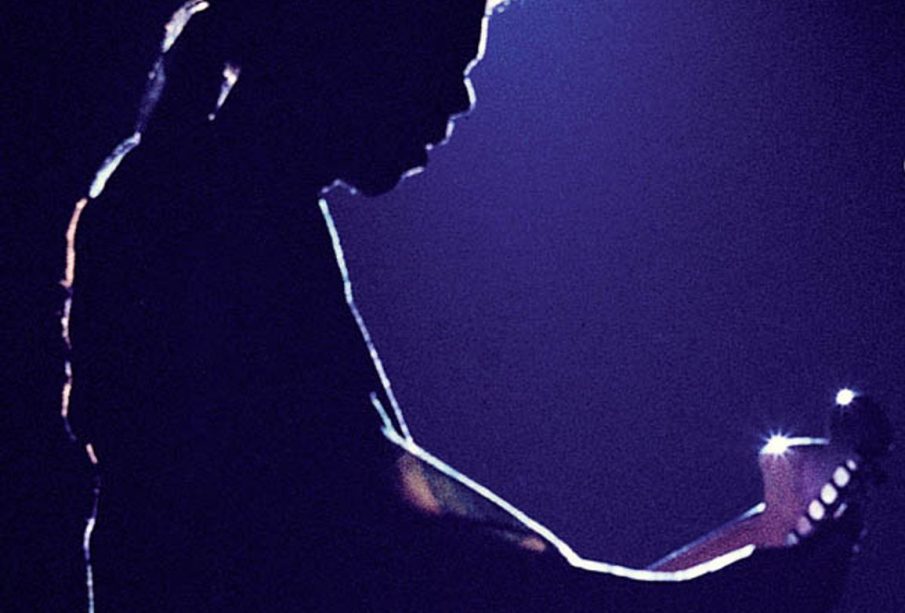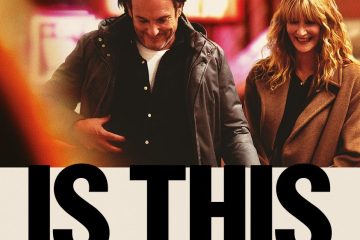The Legacy of Jimi Hendrix’s Electric Church

Introduction
Jimi Hendrix, one of the most influential guitarists in music history, left an indelible mark on the world of rock and roll. Central to his legacy is the concept of the ‘Electric Church’—a term that encapsulates his ambition to fuse spirituality and music. The Electric Church not only reflects Hendrix’s innovative musical style but also his desire to connect with audiences on a deeper, more emotional level.
The Concept of the Electric Church
The term ‘Electric Church’ was coined by Hendrix himself during the late 1960s. It represented his vision of music as a transformative and spiritual experience. Hendrix believed that music could serve as a medium for transcending the mundane aspects of life, and he sought to build a community where listeners could gather to experience this awakening through his performances.
Key Performances and Influence
One of the most notable manifestations of the Electric Church occurred during the Woodstock Festival in 1969. Hendrix’s rendition of ‘The Star-Spangled Banner’ redefined patriotic music, blending raw electric sounds with a message of peace and protest appealing to a generation grappling with societal upheaval. This performance was a hallmark of his artistic ideology and a pivotal moment in both music history and the cultural landscape of the time.
Hendrix’s approach to live performances often included elaborate lighting effects and theatricality, which further enhanced the Electric Church experience. His concerts were seen as spiritual gatherings that celebrated freedom and self-expression. By inviting audiences into this unique environment, Hendrix was able to transcend traditional performance norms, creating a communal, almost religious-like atmosphere that resonated with fans worldwide.
The Continuing Legacy
Today, the concept of the Electric Church continues to inspire musicians and artists across genres. Many see Hendrix as a pioneer of live performance, where the synergy between the audience and performer is the essence of experience. Artists such as Prince, Lenny Kravitz, and more recently, Gary Clark Jr., have all cited Hendrix’s innovative spirit and the Electric Church legacy in their work.
Conclusion
Jimi Hendrix’s Electric Church remains a powerful symbol of musical experimentation and spiritual connection. By envisioning music as a sacred space, Hendrix not only changed the soundscape of rock music but also united people under shared ideals of peace and artistic freedom. As future generations explore his work, the essence of the Electric Church continues to inspire, serving as a reminder of the enduring power of music to uplift and transform lives.







